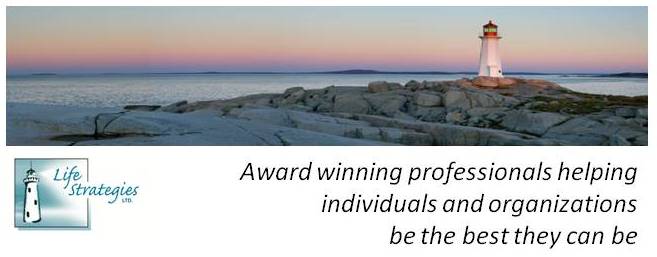
In British Columbia we’ve just recently received our first snow fall which has covered our roads making the commute into work a potentially dangerous time. Snow-covered, icy roads can present a barrier for many in keeping business going as usual however, by providing employees with a “snow day plan” you can help keep them safe and the company productive.
Here are some helpful tips to implement your winter commute program:
Plan Ahead
Don’t let employees become anxious over the snowfall by neglecting to plan ahead. Make sure you address “snow day protocol” before the first snowfall of the season. Look at the weather forecast and address concerns in advance.
Get the Message Out
There are many options for spreading the word such as posting snow plans on your internal company website and lunch rooms or other common spaces; utilizing email broadcasts; addressing procedures during team meetings; and having a contact network or phone line with “snow day updates.” The best way to get the message out will depend on your organization’s structure/size and the communication tools available. If you are having trouble deciding on the best method, ask your employees for suggestions. Use multiple methods if necessary.
Emphasize Safety
The main reason for planning for snow days is to ensure the safety of your company’s number one asset: the people. Ensure to communicate this message clearly to employees.
Provide Work Alternatives
If you’re able to, provide staff with work alternatives so that they won’t get behind and won’t feel pressured to come into the office on dangerous roads. If employees work on laptops, these can be brought home the night prior to an expected snowfall. By providing databases which can be accessed from a distance this will ensure little disruption. If staff doesn’t use computers, cannot bring laptops home, or cannot access files/databases remotely, allow employees to bring home paper files or other necessary work. Think of projects which can be worked on outside of the office (e.g., research projects).
Be Understanding
Above all else, be understanding. Not everyone has access to snow-ready vehicles or reliable transit routes, and school closures may impact child care responsibilities.
By utilizing these strategies you can remove the stress surrounding snow days and foster engagement.










 I'm currrently just finishing my contributions to a book on
I'm currrently just finishing my contributions to a book on 









